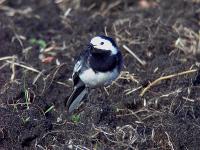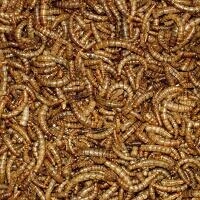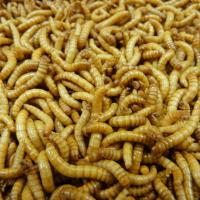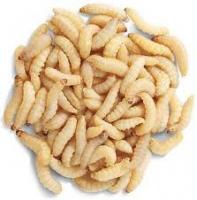- Home
- FAQs
- Customer Video Gallery
- Customer Photo Gallery
- Bird Facts
- Bird Food Blog
- Bird Information
- Feeding Advice
- Small Animal Information
- A to Z of Guinea Pigs
- A to Z of Hamsters
- A to Z of Rabbits
- Basic Care for Guinea Pigs
- Basic Care for Hamsters
- Basic Care for Rabbits
- Basic care for Chinchillas
- Basic care for Ferrets
- Basic care for Gerbils
- Basic care for Mice
- Basic care for Rats
- Buying a Healthy Small Animal
- Does your Reptile need a Licence
- Equipment for Ferrets
- Equipment for Hamsters
- Equipment for Mice
- Equipment for your Chinchilla
- Equipment for your Gerbil
- Equipment for your Guinea Pig
- Equipment for your Rabbit
- Keeping a House Rabbit
- Dog Information
- Cat Information
- Customer Information
- Fat Balls
- Suet Pellets
- Straights
- Seed Mixes
- Suet Treats
- Mealworms
- Bird Feeders
- My Account
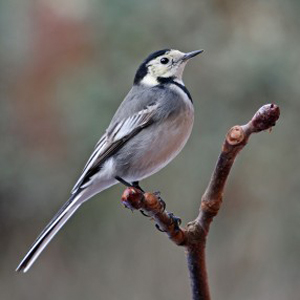
| Scientific Name | Motacilla alba yarrellii |
| Breeding | May |
| Fledge Days | 13-16 |
| Incubation Days | 12-14 |
| Lifespan | 2 years |
| Number of Clutches | 1-2 |
| Number of Eggs | 3-7 |
| Size | 16.5 - 18cm |
| Weight | 17 - 25g |
| Wingspan | 28cm |
Bird Family : Wagtails
Pied Wagtail Facts - Information About Pied Wagtail
Pied Wagtail - Motacilla Alba
The Pied Wagtail is a fairly common sight in many towns and cities. It can often be seen running around on the pavements and gardens in fairly built up areas. The combination of size, tail, actions and colour makes the Pied Wagtail unmistakable.
Identification:
Adult
- Adult males and females are similar.
- Pied Wagtails are small, long tailed black and white birds, around 18 cm from tip of tail to tip of bill.
- They stand very upright on relatively long legs, dashing about and constantly wagging their long tails.
- They are almost like a mini Magpie.
Male
- The upperparts and tail are predominately black.
- Tail is long and has white outer tail feathers.
- Rump, upper tail coverts, back, nape, and crown are all black.
- Wings are black with broad white edges to all wing feathers, it show as a double white wingbar.
- Face is white with dark eye.
- Chin, throat and breast are black, flanks dark grey.
- The rest of the underparts are white.
- Bill, legs and eye black.
Female
- Similar to males but the back and nape are dark grey with darker patches.
- Wings also appear greyer.
Juvenile
- Juveniles appear from May onwards and are similar adult females.
- Young birds lack the obvious black markings of the adults and appear more grey, the head shows more markings around the face; grey lores, white eyebrow and pale moustachial stripe.
- Bill and eye black, legs often dark grey.
Status and Distribution
The Pied Wagtail is a very abundant breeding resident in the UK with over 50,000 pairs. The Pied Wagtail occurs in all counties throughout the UK and Ireland.
In summer numbers increase as migrants come to the UK from Continental Europe (White Wagtail) to breed.
Pied Wagtails often roost in large parties and the chattering of birds going to roost will often raise your attention.
Habitat/Food
Pied Wagtails occur in all habitat types throughout the UK, woodlands, parks, gardens, farmland, hedgerows, towns and cities. indeed any open country habitat with suitable scrub.
They are insectivorous, In the garden Pied Wagtails will take insects from the grass.
Song/Call
Several call notes; most often a hard loud ‘chisick’ sometimes repeated.
Song is a nonstarter with no real structure and consisting of a couple of twittering notes.
The following food is favoured by Pied Wagtail




